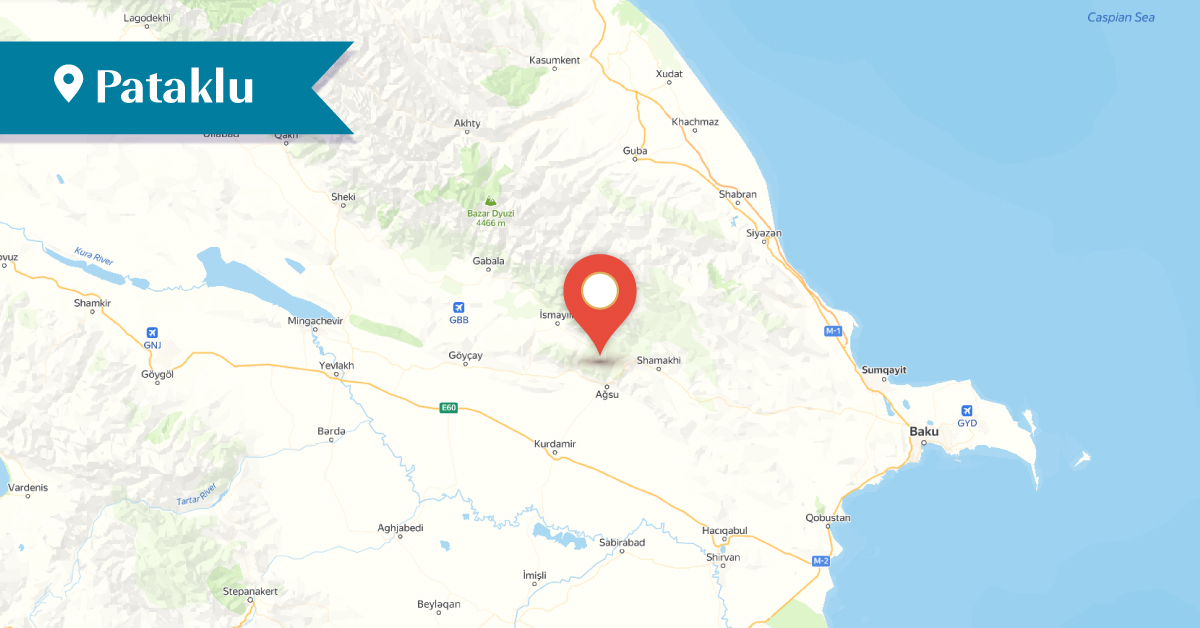2025
2025
2025-04-07

The village of Pataklu in the Ismayilli district was located about 11 km southwest of the district center. Its inhabitants had migrated from the Khachen and Varanda provinces of Artsakh. The village was originally called Petak due to the villagers’ involvement in beekeeping. Later, the name Petak was transformed into Pataklu by the Tatars.
In 1861, the village had 27 Armenian households. During the visit of Bishop Makar Barkhutaryants in 1890, there were 46 Armenian households in the village, with 313 residents—172 male and 141 female. In 1914, Pataklu’s all 470 inhabitants were Armenians.
In the early summer of 1918, the village of Pataklu was destroyed and subsequently depopulated following an attack by Turkish forces and local Tatars.
After the establishment of Soviet rule in Azerbaijan, a small number of Pataklu residents who had survived the massacres settled in neighboring villages.
Pataklu had a church named Surb Astvatsatsin (Holy Mother of God), which was destroyed in 1918. During the visit of monument specialist Samvel Karapetyan in 1985, the village cemetery was still preserved, containing around 60 inscribed tombstones dating from the 18th century up to 1918. The older gravestones did not bear inscriptions.
Samvel Karapetyan published the inscriptions of two old tombstones preserved in the village cemetery, both dating to the 18th century.
“Master Ghasum, 1717”
“This is the tomb of Yazir Khan, 1717”
Pataklu is currently uninhabited.
Bibliography
Barkhutaryants M., Land of Aghvank and its Neighbors: Artsakh, Yerevan, 1999.
Karapetyan S., The Armenian Lapidary Inscriptions of Aghvank Proper, Yerevan, 1997.
Karapetyan, S., Aghvank Proper, Part 1, Yerevan, 2024, pp. 196-198.